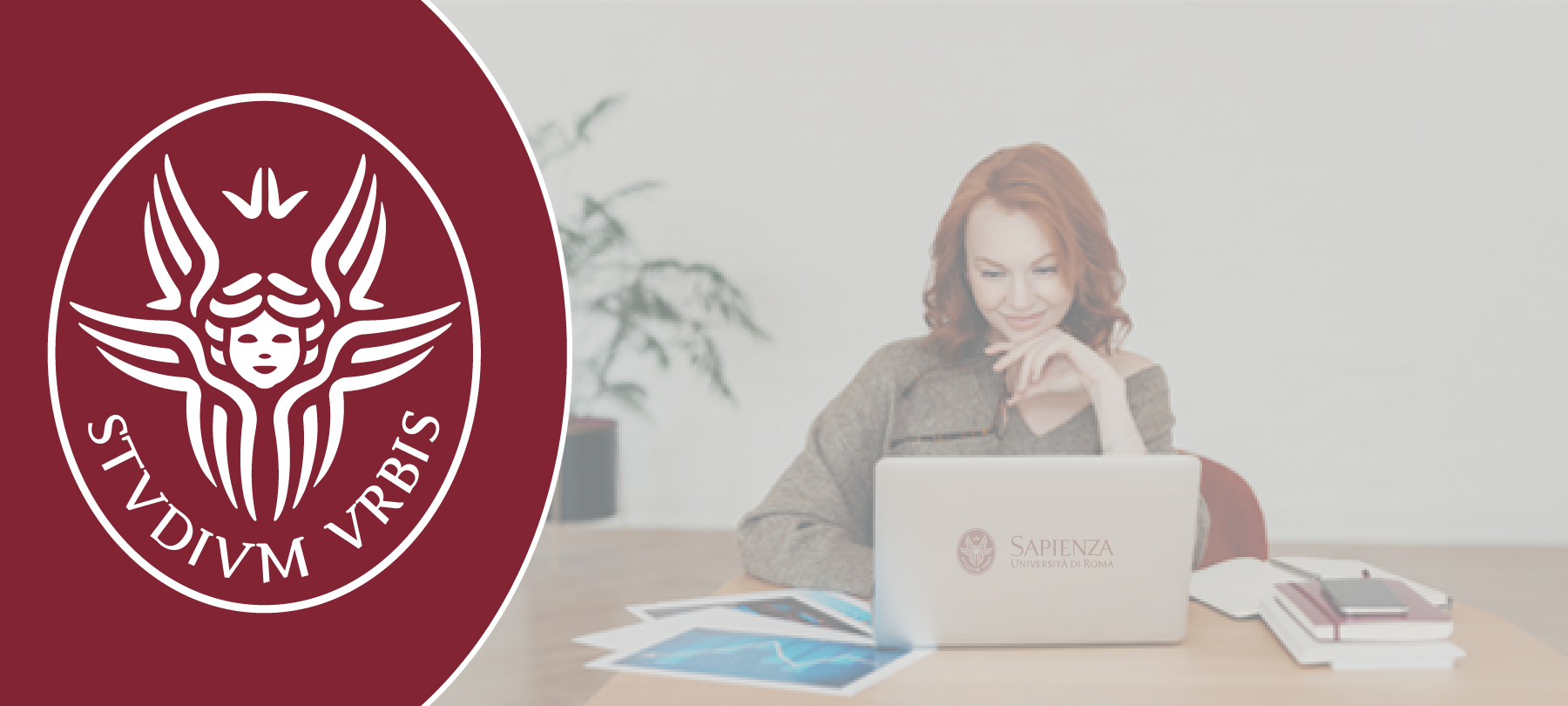Topic outline
-
General
-
============================================================================
LECTURES From 3 to 8
N. 3 wed 07/03/2018 aula 2 NE
MICRO/MESO/MACRO and CELL BIOLOGY
Order of magnitude estimations (see Snapshot2010.pdf from Cell Biology by the Numbers)
Fluxes and transport: compartmentalisation of a cell
Generalised Ohm's laws: friction coefficients
Fick's first law
Entropic forces (associated to gradients of free energy)
Einstein-Smoluchowski equation
See: D&B (DiLl and Bromberg chap 17) see also PBC (Physical Biology of the cell 13.1)
Homework: practice with Snapshot2010 locate it in the website of the book cell biology by the numbers and raise some questions.
Further readings on fluctuation-dissipation: the first (Sevik2008) is quite professional whereas the second is an example of a very good pop writing (Baldassarri2011).Reading the second paper is HIGHLY RECOMMENDED
==========================================================================
LECTURE N. 4 fri. 9 March 2018 room 5 NE
STATISTICAL DYNAMICS FLUCTUATION THEOREMS AND BIOPHYSICS
(See Careri1973, The Fluctuating Enzyme, in Quantum Statistical Mechanics in The Natural Sciences, B. Kursunoglou, S.L. Mintz and S. M. Widmayer Eds. Plenum, New York 1973)
Statistical dynamics behind transport phenomena (see Ghosh2006)
Diffusion of Particles Toward a sphere (diffusion controlled reactions) [D&B chap- 17 p.314]
Onsager Reciprocal Relations and the thermodynamics of Irreversible processes [D&B chap 17 p.324]
Ensemble averages vs averages over trajectories
==========================================================================
LECTURE n.5 mon 12/3/2018
CELL ENERGETICS
Interplay di forze deterministiche e termiche alla nanoscala (PBC 5.1.1)
Mass and Energy Budget of the cell (P.B.C 5.1.2)
Study material: cell energetics.pdf
===========================================================================
LEZIONE N. 6 mer 14/3/2018
INTRODUCTION TO STOCHASTIC THERMODYNAMICS
(Micro/meso/macro)
Statistical dynamics of mesoscopic objects in a thermal bath
Langevin's equation (brownian motions)
Idea: Specialise statistical thermodynamics to non equilibrium stationary states (with non-zero fluxes and forces and with detailed balance violation)
Statistical dynamics associated to a chemical reaction (what is a chemical reaction?)
(Example: Enzyme+ATP->ADP+ Enzyme; note: the enzyme has mesa-states between it jumps...see;
Zhang2012 eq (1) e (2)))
Probability scheme and trajectories of a meso-system
Chemical reactions and mesoscopic demons
Basic thermodynamic relations: specialize to mesoscopic systems
(V. Zhang2012 eq. from (3) to (14)
Osmotic equilibrium as an example of using (11) at equilibrium.
Intra and inter cellular osmotic equilibria (introduction).
Osmotic equilibria, interfacial water and macromolecules: the idea is that the surface of mesoscopic osmolytes establishes a supracolligative
interfacial osmotic equilibrium that makes the colligative and interfacial concentrations differ, the effective osmotic concentration is less than the colligative one because the interfacial water changes its free energy w.r. to the bulk. The overall osmotic pressure in the osmometer diminishes and it is compensated by a pressure exerted on the mesoscopic macromolecules ( idea by G. Briganti, never pushed to its complete development)
Study materials:
Review by Zhang et al 2010 , Stochastic theory of non equilibrium steady state and its appications, Phys. Rep. 510 (2012) 1-86
See also: Seifert2017
The stochastic dynamics of ribosomes is investigated, through Cryo_EM data in Dashti2014
=========================================================================================
LECTURE N.7 mon 19/3/2018
Non Equilibrium Steady States of Mesoscopic Systems and Master equations
Physical idea of the statistical dynamics of Macroscopic and Mesoscopic systems:
free-energy landscape, microscopic dynamics and its clustering: energy barriers and jumping time scales
Concrete example of a cycling (big) enzyme
CASE1 Macroscopic system with M1,M2,…,MN chemical components in steady states and in equilibrium and non equilibrium steady states. Combining master equation and detailed balance.
CASE2 Mesoscopic equilibrium and non equilibrium states
matrix of transition probabilities, master equation for the occupation probabilities of the states.
extension of the formalism from the macroscopic setting to the mesoscopic setting
Study material: Zhang2012 eqs.from (14) to (25)
HOMEWORK
1 download and instal on your lap/desktop the visualisation code CHIMERA (https://www.cgl.ucsf.edu/chimera/)
2 get from the Protein data bank (http://www.rcsb.org) the structure file of the human hexokinase
3 visualise its STRUCTURE, through Chimera.
=====================================
LECTURE n.8 wed 21/3 9-11 aula 2 NE
ENTROPY PRODUCTION AND TRANSITIONS BETWEEN MESO STATES
In as nutshell, exaustive discussion of equations from (29) to (33) and of par. 2.3.2d in Zhang2012.
To reconnect the discussion to basic statistical physics: discuss the simple model of a perfect gas of magnetic dipoles in external magnetic field
(v. Lucidi_Careri.pdf)
Exercise 1 derivare esplicitamente le equazioni da (29) a (31) di Zhang2012.
Exercise 2 "map" equations from (29) a (33) in Zhang2012 to equations from (9) to (13) in
Seifert2017
